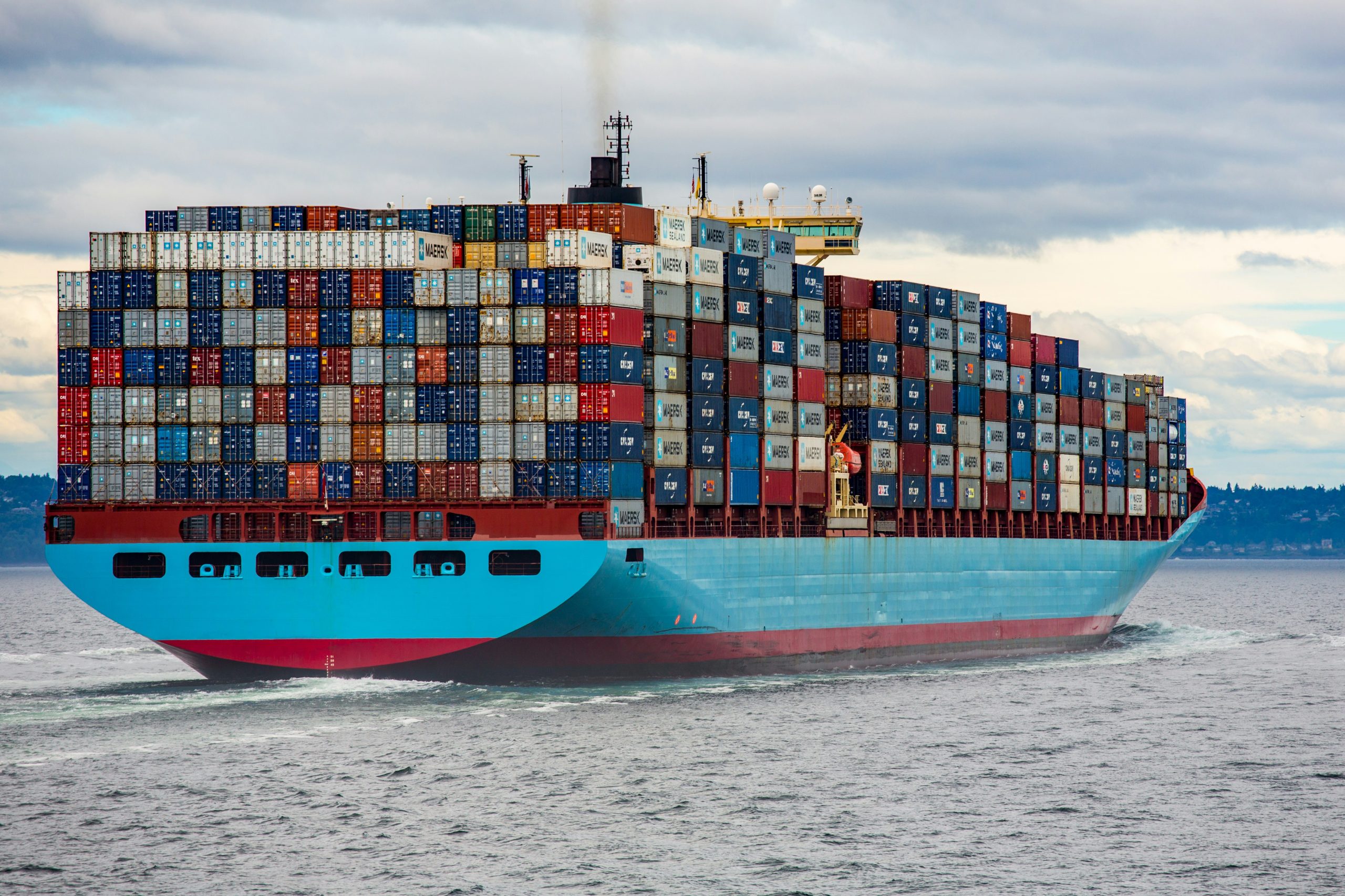We all watch the news and see countless exposés that reveal the criminals behind the crimes that have been committed. You’ve probably also seen negative news stories about political officials and heads of state in your country. While to the average person this is just another day, to financial institutions this is extremely important information.
Adverse media is at the heart of anti-money laundering (AML) and counter-terrorist financing (CTF) measures that financial institutions are required to have in place. In this article we cover what adverse media is, why it is important, the different types of adverse media, and best practices.
Adverse media, also referred to as negative news, is any kind of unfavorable information found across a variety of news sources. This includes both traditional news outlets, such as newspapers or television programs, as well as unstructured sources such as social media. Conducting business with persons or organizations who have an adverse media profile presents a number of risks that a financial institution needs to be prepared for.
Prior to the digital age, adverse media primarily originated from traditional news media. However, thanks to the rise of the internet and social media, adverse media can now come from a wide range of sources. Adverse media sources now include blogs, online forums, and social media platforms such as Facebook and Instagram.
Identifying and monitoring adverse media should be an important part of any financial institution’s customer due diligence process. When breaking news reveals that a client has been involved with an unethical or criminal activity like money laundering, organizations need to be able to identify and access those stories as soon as possible. This needs to be done in order to reassess the risk that said client poses and additionally, to protect the financial institution from reputational damage and possible legal repercussions.
Monitoring adverse media is also a major part of working with Politically Exposed Persons (PEPs). A PEP is an individual who is currently or has previously been entrusted with a prominent public position. PEPs are considered to be higher risk customers to both financial institutions and Designated Non-Financial Businesses and Professions (DNFBPs) because they are more likely to acquire assets through illegal means, such as bribery and corruption.
As such, working with PEPs requires constant monitoring and due diligence. For monitoring purposes, the media is a useful tool and one that should be taken advantage of, and this includes adverse media. It is vital for a financial institution to know if a PEP (or any other high risk individual) has been implicated in an illegal activity or scandal, in order to properly assess the risks they present. Additionally, it is important to stay on top of any negativity for both regulatory and PR purposes.
Despite what you may think, adverse media goes far beyond financial crimes. Here are the ten types of adverse media:
Categorizing adverse media is more important than you think, especially since the Financial Action Task Force (FATF) states that financial institutions must understand a client’s reputation. Naturally, adverse media is a part of that. Adverse media categorization takes a mass of information and breaks it down into bite-sized chunks. Given the range of crimes and the severity, not all adverse media is the same, and having a system to categorize it means that the risk levels of a client can be adjusted as needed.
As an example, let’s take a news story breaking about a client laundering millions of dollars. This behavior is far more risky than a client who wrote a bad cheque. Being able to determine the risk level of each type of adverse media allows for effective monitoring and compliance.
Firstly, adverse media can involve incredible amounts of data, which can make the process extremely time intensive and laborious. It’s virtually impossible for one person or a group of people to be able to manually check all local, national, and global media (possibly in multiple languages) for any signs of adverse media.
Financial institutions also need to be able to quickly prioritize and process any relevant information and make decisions quickly. As a result, in order to efficiently process data, it is considered a best practice to combine automated screening with manual screening.
Naturally, automation is faster than a human being and can be tailored to an organization’s needs, but it does have its limits. Manual elements are needed to do things like set and update parameters, and to review the information to ensure that the results are not a false positive. Automated adverse media screening is most productive when it is combined with a manual strategy.
Secondly, ongoing monitoring is vital when it comes to adverse media. Adverse media screening can only provide historic information about a client, and if that information is never updated then huge problems can arise. In a worst case scenario, it could lead to massive reputational damage and large fines for a financial institution. Ongoing monitoring ensures that information is regularly updated and remains accurate. Financial institutions may find that over time, with ongoing monitoring, they may need to upgrade or downgrade a client’s risk level based on adverse media.
Additionally, ongoing monitoring of adverse media helps organizations develop a better understanding of their clients over time. Patterns of behavior will start to emerge, and knowing what to expect will allow a company to act quickly if they notice a sudden change in activity. In some cases, this can stop a crime before it actually happens.
Adverse media screening and ongoing monitoring are essential to being compliant with both national and international laws and standards in money laundering and terrorist financing prevention. Not only that, but it also helps to protect the reputation of a financial institution, meaning that being compliant is a win for everyone involved.
In order to be compliant and to save themselves a lot of trouble, adverse media monitoring and screening is of the utmost importance for financial institutions. It is essential to stay ahead of the news cycle instead of trying to pick up the pieces in the aftermath. Staying on top of adverse media also means that the risk level of a client can be adjusted accordingly, to avoid a potential crime from occurring.
An automated adverse media screening tool is a necessity to carry out screening and monitoring effectively. Without it, it is impossible to keep up with both traditional and non-traditional news sources from all over the world. Manual screening is still needed to ensure that everything is running smoothly, but the effort needed is far less than solely using manual screening.
Screening and monitoring adverse media is one of the easiest and most effective ways for a financial institution to prevent financial crimes, be AML and CTF compliant, and avoid a PR nightmare.
 How to be compliant with KYC AML regulations in the Post-AI Age
How to be compliant with KYC AML regulations in the Post-AI Age How to Perform KYC on Offshore Companies
How to Perform KYC on Offshore Companies Maintaining KYC, AML & CTF Compliance across Multiple Jurisdictions for Crypto Firms
Maintaining KYC, AML & CTF Compliance across Multiple Jurisdictions for Crypto Firms